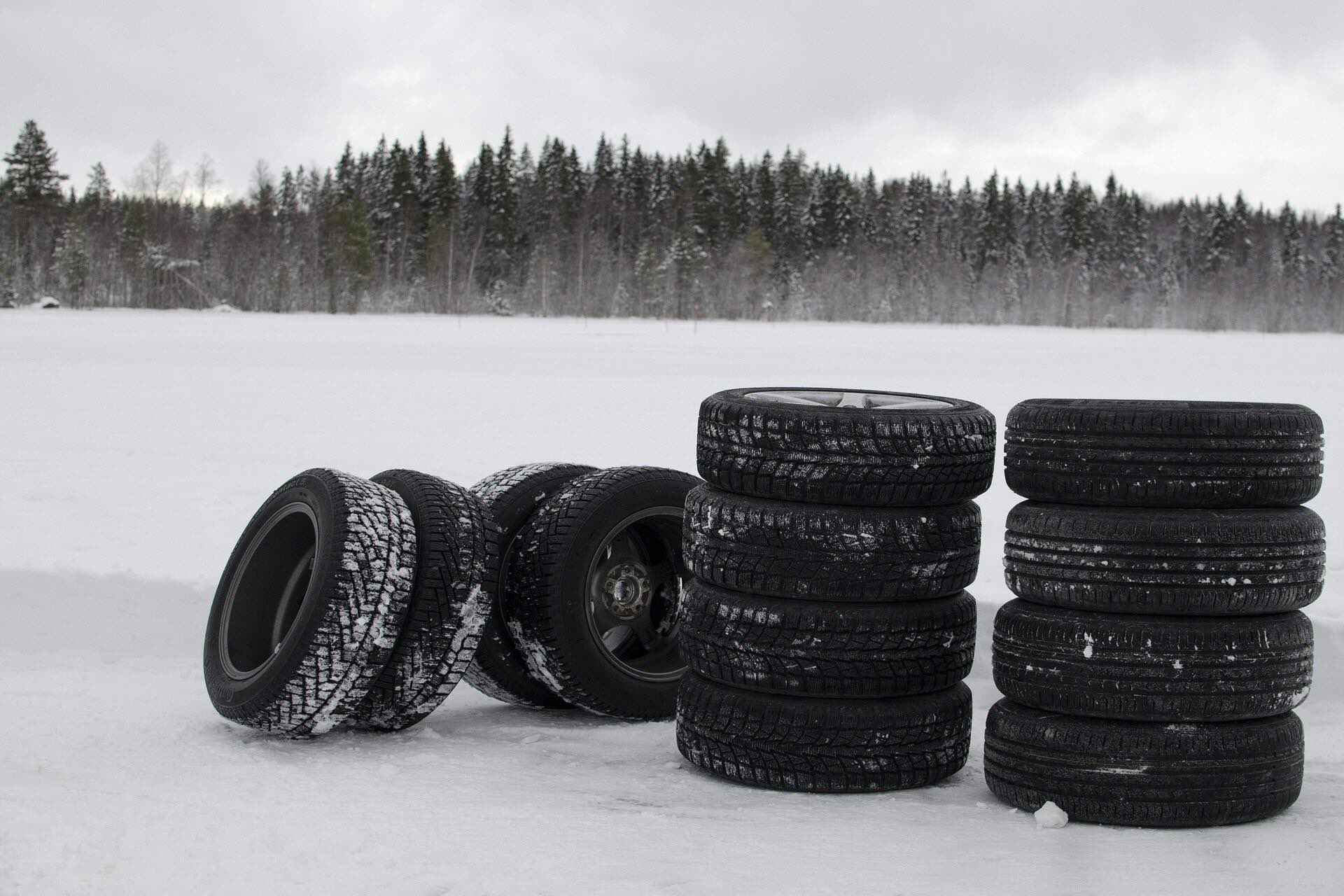

Articles
How To Store Tires Outside
Modified: February 27, 2024
Looking for articles on how to store tires outside? Discover helpful tips and techniques to safely store your tires outdoors and protect them from damage.
(Many of the links in this article redirect to a specific reviewed product. Your purchase of these products through affiliate links helps to generate commission for Storables.com, at no extra cost. Learn more)
Introduction
Tires are a vital component of any vehicle, providing the necessary traction and support on the road. However, there may be instances when you need to store tires outside, either due to space constraints or seasonal requirements. While it’s generally recommended to store tires indoors in a controlled environment, there are times when storing them outside becomes necessary. In this article, we will explore the benefits of storing tires outside, as well as important considerations and best practices to ensure their longevity and performance.
Storing tires outside can offer several advantages, especially if done correctly. It can free up valuable indoor space, especially in crowded garages or storage areas. Additionally, outdoor storage allows for better ventilation, preventing the buildup of odors and moisture that can damage the tires over time. Furthermore, when stored properly, outdoor storage can minimize the risk of possible hazards that might occur indoors, such as fire or chemical spills.
Before you decide to store your tires outside, there are a few key considerations to keep in mind. First and foremost, you need to ensure that the location you choose provides adequate protection from direct sunlight, extreme temperatures, and inclement weather conditions. Exposure to excessive heat or cold can cause the rubber to degrade, affecting its performance and lifespan. Likewise, prolonged exposure to sunlight can cause the tire’s exterior to deteriorate and fade.
Another important aspect to consider is the type of surface the tires will be stored on. It’s essential to place them on a clean, dry, and non-abrasive surface. Concrete or gravel surfaces are preferred, as they provide stability and help to prevent damage to the tire sidewalls. Avoid storing tires on grass or soil, as moisture and pests can easily penetrate and damage the rubber.
Lastly, it is vital to prepare the tires before storing them outside. Thoroughly clean them to remove any dirt, mud, or debris that may have accumulated. Use a mild tire cleaner and a soft bristle brush to gently scrub the tires. Once cleaned, allow them to dry completely to prevent any moisture from being trapped during storage.
By following the best practices outlined in this article and considering the necessary precautions, you can safely and effectively store your tires outside. The next sections will delve deeper into the key factors to keep in mind when storing tires outdoors, including choosing an appropriate location, stacking and storing them safely, covering and protecting them from the elements, and conducting regular maintenance and inspections.
Key Takeaways:
- Storing tires outside can free up indoor space, provide better ventilation, and minimize hazards. Proper preparation, location selection, and maintenance are crucial for safe and effective outdoor tire storage.
- When storing tires outside, choose an appropriate location, prepare tires thoroughly, stack and store them safely, cover and protect them from the elements, and conduct regular maintenance and inspections. Following these best practices will ensure the longevity and performance of your tires.
Read more: How To Store Summer Tires
Benefits of Storing Tires Outside
While storing tires indoors is generally recommended, there are some notable benefits to storing them outside when done correctly. Here are a few advantages of outdoor tire storage:
- Space Optimization: One of the primary benefits of storing tires outside is that it helps free up indoor space. This is particularly advantageous if you have limited storage area or a crowded garage. By moving your tires outside, you can make room for other essential items or create a more organized and clutter-free indoor space.
- Better Ventilation: Storing tires outside provides better ventilation compared to storing them in an enclosed indoor area. Adequate airflow is crucial for preventing the buildup of odors and moisture that can damage the tires over time. When tires are exposed to fresh air, it helps keep them dry and reduces the risk of mold or mildew growth.
- Reduced Hazards: Storing tires outside can help minimize the risk of certain hazards that may be present indoors. Accidental fires, chemical spills, or leaks from other stored items can pose a danger to your tires. By keeping them outside, you eliminate the risk of these mishaps and ensure the safety of your tires.
- Cost Savings: If you need to store a large number of tires, choosing outdoor storage can be cost-effective. Renting additional indoor space or investing in tire racks can be expensive. Storing the tires outside doesn’t require any additional infrastructure or expenses, making it a more affordable solution.
- Easier Access: Storing tires outside can provide easier access whenever you need them. If you frequently switch between summer and winter tires or frequently rotate your tires, having them readily available outside can save you time and effort. You won’t have to navigate through a crowded indoor space or move other items to reach your tires.
- Prevents Odor Buildup: Tires stored indoors for extended periods can develop a strong rubber smell due to the lack of proper ventilation. By storing tires outside, the open air allows for better dissipation of odors, preventing them from permeating your indoor space and creating an unpleasant environment.
While there are clear benefits to storing tires outside, it’s important to note that proper storage practices must be followed to maximize these advantages. Neglecting important considerations could lead to tire damage or reduced lifespan. In the following sections, we will outline the necessary steps and best practices to ensure your tires are stored safely and effectively outdoors.
Considerations Before Storing Tires Outside
While storing tires outside can offer several benefits, it’s crucial to consider a few important factors before proceeding. These considerations will help ensure that your tires remain in optimal condition throughout their outdoor storage period:
- Weather Conditions: Before you decide to store your tires outside, evaluate the expected weather conditions in your area. Extreme temperatures, excessive humidity, or frequent rainfall can have a negative impact on tire health. Prolonged exposure to intense heat or cold can cause the rubber to deteriorate and affect their performance. If you live in an area with harsh climate conditions, it may be best to explore other storage options.
- UV Exposure: Tires are susceptible to damage from ultraviolet (UV) rays, which can cause cracking and discoloration. Consider the amount of sunlight your chosen storage location receives throughout the day. If the area is constantly exposed to direct sunlight, it’s essential to take preventive measures such as using tire covers or finding a shaded spot to minimize UV exposure.
- Physical Protection: Ensure that the area where you plan to store your tires provides adequate protection against physical damage. Avoid areas with high foot traffic, where the tires may be accidentally bumped or scraped. Look out for sharp objects, debris, or pests that could potentially cause harm to the tires. Choosing a clean and secure location is essential.
- Tire Preparation: Properly preparing your tires before outdoor storage is vital. Thoroughly clean each tire to remove dirt, mud, and debris that may have accumulated. Use a mild detergent and a soft brush or cloth to gently clean the tires. Be sure to rinse off any cleaning agents thoroughly and allow the tires to dry completely before storing. Moisture trapped during storage can lead to mold or mildew growth.
- Number of Tires: Consider the number of tires you plan to store outside. If you need to store multiple tires, ensure that the location you choose can accommodate the quantity without causing overcrowding or excessive pressure on the tires. Proper stacking and organizing are crucial to prevent unnecessary damage.
- Duration of Storage: Determine the length of time you plan to store your tires outside. If the storage period will be more than a few months, consider investing in tire covers or tarps to provide additional protection against the elements. Covers will shield the tires from direct sunlight, rain, and debris, helping to maintain their overall condition.
- Inaccessible to Children and Animals: If you have young children or pets, make sure the chosen outdoor storage area is inaccessible to them. Tires may contain residual chemicals or debris that could be harmful if ingested. Keeping the area securely fenced or out of reach will help prevent any accidents or potential harm.
By taking these considerations into account, you can make an informed decision about storing your tires outside. Additionally, following the best practices for outdoor tire storage will help ensure the longevity and performance of your tires, which we will discuss in the next sections.
Best Practices for Storing Tires Outside
When it comes to storing tires outside, following best practices will help maintain their quality and ensure they are ready for use when needed. Here are some essential guidelines to consider:
- Choose an Appropriate Location: Select a location that provides protection from direct sunlight, extreme temperatures, and inclement weather conditions. Ideally, choose an area that offers partial or complete shade to minimize UV exposure. If possible, keep the tires away from trees or structures that could potentially fall and cause damage.
- Prepare the Storage Area: Before placing the tires in the chosen location, ensure the ground is clean, dry, and free from sharp objects or debris that could puncture the tires. If necessary, place a clean tarp or groundsheet beneath the tires to provide an extra layer of protection.
- Stacking and Storing Tires Safely: When stacking tires, avoid creating tall, unstable piles. Instead, stack them in a pyramid or column shape to ensure stability. Do not exceed the recommended stack height as specified by the tire manufacturer. Additionally, avoid placing heavy objects on top of the stacked tires, as this can potentially damage the tires underneath.
- Cover and Protect Tires: Utilize tire covers or tarps to shield the tires from sun exposure and the elements. Make sure the covers fit properly and are secured to prevent them from blowing off in strong winds. Choose covers made from breathable materials that allow for adequate ventilation to prevent moisture buildup.
- Inspect Tires Regularly: Periodic inspection of stored tires is critical to detect any potential issues early. Look for signs of damage, such as cuts, cracks, or bulges, which can affect tire integrity. Additionally, check the tire pressure periodically to ensure it remains within the recommended range. Inflate or deflate as necessary to maintain the proper pressure level.
- Maintain Proper Air Pressure: It’s essential to maintain the recommended air pressure in the tires during storage. Underinflated or overinflated tires can lead to damage and reduce tire longevity. Check the pressure regularly and adjust as needed to the specified level mentioned by the vehicle manufacturer or the tire manufacturer.
- Rotate Tires Periodically: If you plan to store your tires for an extended period, consider rotating them every few months. This helps prevent flat spots from developing, especially if the tires remain stationary for a long time. By rotating the tires, you distribute the weight and minimize the risk of deformation.
- Keep Away from Chemicals and Lubricants: Store your tires away from any chemicals, solvents, lubricants, or fuels. These substances can cause damage to the rubber compound, leading to premature tire wear or reduced performance.
- Consult Manufacturer Guidelines: Always refer to the tire manufacturer’s guidelines for specific instructions on outdoor storage. Different tire types may have unique recommendations or storage limitations. Following these guidelines ensures you are storing the tires in the most appropriate manner.
By following these best practices, you can maximize the lifespan and performance of your tires while they are stored outside. Remember to conduct regular inspections, keep the tires properly covered, and maintain the recommended air pressure. These measures will help ensure that your tires are in optimal condition when you’re ready to use them again.
Choosing an Appropriate Location
When storing tires outside, selecting the right location is crucial to ensure their protection and longevity. Here are some essential factors to consider when choosing an appropriate location for outdoor tire storage:
- Shade and Sun Exposure: Excessive exposure to direct sunlight can cause the rubber in tires to deteriorate, leading to cracks and decreased lifespan. Choose a location that offers partial or complete shade to minimize UV exposure. If shade is not readily available, consider using tire covers or park the tires under a durable awning or carport.
- Protection from Extreme Weather: Tires are susceptible to damage from extreme cold, heat, and moisture. Choose a location that provides protection from these weather conditions. Avoid storing tires in areas where they may be exposed to standing water, as moisture can seep into the rubber and cause damage. Ideally, select a location that is dry and away from areas prone to flooding or excessive snow accumulation.
- Stability and Security: Ensure that the location you choose provides a stable and secure environment for your tires. Avoid areas prone to strong winds or areas where the tires may be at risk of being knocked over or damaged by falling objects. If necessary, secure the tires with tire racks or sturdy stands to prevent accidents and maintain stability.
- Accessibility: Consider the accessibility of the chosen location, especially if you need to access the tires frequently. Ensure that it is easy to reach and that there is enough space to maneuver while transporting or stacking the tires. This will save time and effort when you need to retrieve or store additional tires.
- Well-ventilated Area: Proper ventilation is crucial for preventing the buildup of moisture and odors that can damage tires over time. Choose a location that allows for adequate air circulation to keep the tires dry and fresh. Avoid storing tires in enclosed areas or against walls, as this restricts airflow and increases the risk of moisture accumulation.
- Protection from Physical Hazards: Assess the surroundings of the chosen location and ensure there are no physical hazards that could potentially damage the tires. Keep the tires away from sharp objects, debris, or areas where they may come into contact with chemicals, solvents, or fuels. Additionally, make sure the area is clear of any pests or rodents that may cause harm to the rubber.
- Consider Local Regulations: Be aware of any local regulations or guidelines regarding tire storage. Some areas may have specific rules in place to ensure safe and environmentally friendly tire storage. Research local regulations or consult with local authorities to ensure compliance.
Choosing an appropriate location for storing your tires outside is essential to protect them from the elements and ensure their longevity. Take into account factors such as shade, protection from extreme weather, stability, accessibility, ventilation, and physical hazards. By carefully considering these factors, you can create an ideal storage environment that will keep your tires in optimal condition until they are ready to be used again.
When storing tires outside, it’s important to keep them elevated off the ground to prevent moisture damage. Use a tire rack or stack them on pallets to ensure proper air circulation and minimize the risk of deterioration.
Read more: How To Store Winter Tires
Cleaning and Preparing Tires for Outdoor Storage
Before storing your tires outside, it’s crucial to properly clean and prepare them to ensure their longevity. Here are some steps to follow for cleaning and preparing your tires for outdoor storage:
- Remove Dirt and Debris: Start by removing any dirt, mud, or debris from the tire surface. Use a hose or pressure washer to rinse off loose dirt and grime.
- Use a Mild Tire Cleaner: Apply a mild tire cleaner or a mixture of mild soap and water to the tires. Use a soft-bristle brush or sponge to gently scrub the tires, paying special attention to the sidewalls and tread grooves. Avoid using harsh chemicals or abrasive brushes, as they can potentially damage the rubber.
- Rinse Thoroughly: After scrubbing the tires, rinse them thoroughly with clean water to remove all traces of cleaning solution or soap. Ensure that no soap residue remains on the tires, as it can attract dirt and moisture during storage.
- Dry Completely: Allow the tires to dry completely before storing them outside. Excess moisture can lead to the growth of mold or mildew during storage, which can cause damage to the rubber. Place the tires in a well-ventilated area or use a clean towel to dry them off.
- Avoid Tire Dressings: While tire dressings may enhance the appearance of the tires, they are not recommended for long-term storage. Tire dressings can attract dirt and oils, which may potentially damage the rubber over time. It is best to avoid using tire dressings before outdoor storage.
- Inflate to Recommended Pressure: Before storing the tires, ensure they are inflated to the recommended pressure level specified by the vehicle manufacturer or tire manufacturer. Proper inflation helps maintain the tire’s shape and prevents flat spots from forming during storage. Use a reliable tire pressure gauge to check and adjust the air pressure as necessary.
- Consider Tire Bags or Plastic Wrap: If you have them available, consider using tire bags or plastic wrap to further protect the tires during storage. These coverings can help prevent dust, dirt, and moisture from coming into direct contact with the rubber, preserving their condition.
- Label and Organize: If you are storing multiple sets of tires, it is helpful to label and organize them for easy identification. Use labels or tags to indicate the tires’ position, rotation pattern, or the vehicle they belong to. This will simplify the process when it’s time to retrieve and reinstall the tires.
By following these steps to clean and prepare your tires for outdoor storage, you can ensure that they are in optimal condition and protected against dirt, moisture, and other external factors. Remember to thoroughly clean the tires, allow them to dry completely, and inflate them to the recommended pressure. Taking these measures will help preserve the integrity of the rubber and ensure that your tires are ready for use when you need them.
Stacking and Storing Tires Safely
When storing tires outside, proper stacking and organization are essential to prevent damage and maximize space utilization. Follow these guidelines to safely stack and store your tires:
- Stack in a Pyramid or Column Shape: When stacking tires, it’s important to create a stable structure. Build a pyramid or column shape by placing the bottom tire flat on the ground and then adding subsequent tiers, staggering them slightly. This configuration ensures stability and minimizes the risk of the stack toppling over.
- Avoid Excessive Stacking Height: Check the tire manufacturer’s guidelines for the recommended maximum stack height. Exceeding this limit can cause the bottom tires to become deformed or suffer from excessive pressure. Respect these recommendations to maintain the integrity of each tire in the stack.
- Position Tires Carefully: When stacking tires, position them evenly to distribute the weight. Avoid placing heavy objects on top of the stacked tires, as this can lead to unnecessary compression on the lower tires. The weight of the stack should be evenly distributed across each tire to minimize strain.
- Use Stable Supports: If necessary, use stable tire racks or stands to support the stacked tires. Ensure that the racks or stands are designed to accommodate the weight and size of the tires. Sturdy supports will help maintain stability and prevent the tires from shifting or falling.
- Handle with Care: When moving or stacking tires, handle them with care to avoid any unnecessary stress or damage. Avoid dropping the tires or dragging them along the ground, as this can cause cuts, punctures, or sidewall damage. Use proper lifting techniques to minimize the risk of injury and tire damage.
- Organize and Label: If you are storing multiple sets of tires, organizing and labeling them can save time and effort when it’s time to retrieve and reinstall them. Use tags or labels to indicate the position, rotation pattern, or the vehicle each set of tires belongs to. This will help you keep track of your tire inventory and ensure that you use the appropriate tires when needed.
- Periodically Re-stack: If you are storing tires for an extended period, consider re-stacking them occasionally. This will help prevent flat spots from forming on the bottom tires due to the weight of the stack. By rotating the tires in the stack, you distribute the weight and reduce the risk of deformation.
With these guidelines in mind, you can safely stack and store your tires outside. Always follow the tire manufacturer’s recommendations and guidelines for stacking height and weight limits. Avoid putting excessive pressure on the tires and use stable supports if necessary. By properly organizing and handling your tire stack, you can maximize space utilization while ensuring the safety and integrity of the tires.
Covering and Protecting Tires from Elements
When storing tires outside, it is essential to cover and protect them from the elements to maintain their condition and prolong their lifespan. Here are some important steps to follow when covering and protecting your tires:
- Choose Breathable Tire Covers: Select tire covers made from breathable materials that allow for proper airflow. Avoid using plastic or non-breathable covers, as they can trap moisture inside and promote mold or mildew growth. Breathable covers help prevent moisture buildup while still providing protection against dust, dirt, and UV rays.
- Ensure Proper Fit: Make sure the tire covers you choose fit properly on the tires. They should fully cover the entire tread and sidewalls of the tires. Loose-fitting covers may allow debris or moisture to enter, while overly tight covers can put unnecessary stress on the tires. A snug yet comfortable fit is ideal.
- Secure the Covers: Once the covers are in place, secure them tightly using straps, elastic bands, or Velcro closures. This will help keep the covers in place during windy conditions and prevent them from blowing off, exposing the tires to potential damage.
- Clean and Dry Tires Before Covering: Before placing the covers on the tires, ensure they are clean and completely dry. Moisture trapped beneath the covers can lead to mold or mildew growth and adversely affect the rubber. Give the tires ample time to air dry after cleaning before covering them.
- Inspect Regularly: Periodically inspect the tire covers for any signs of damage or wear. Make sure there are no tears, holes, or loose seams that could allow debris or moisture to enter. Replace any damaged covers promptly to maintain effective protection for your tires.
- Consider Storage Bags: If you prefer an extra layer of protection, consider using tire storage bags in addition to covers. These bags provide an additional barrier against dust, dirt, and moisture. Make sure the bags are made from breathable materials and have proper closure mechanisms, such as zippers or drawstrings.
- Position Tires Properly: When storing covered tires outside, position them in a way that minimizes direct exposure to sunlight and potential hazards. Avoid placing them close to sharp objects, chemicals, or areas where they may be prone to physical damage.
- Regularly Inspect the Storage Area: Keep an eye on the area where the tires are stored and check for any signs of excessive moisture, pests, or other environmental factors that could potentially damage the tires. Address any issues promptly to ensure the protection of your tires.
By following these steps to cover and protect your tires from the elements, you can help maintain their quality and extend their lifespan. Properly fitting, breathable covers will shield the tires from dust, dirt, and UV rays, while regular inspections ensure that the covers remain in good condition. Remember to clean and dry the tires before covering them and position them in a safe location. By taking these precautions, you can store your tires outside with confidence, knowing that they are well-protected.
Regular Maintenance and Inspection
Performing regular maintenance and inspections on your stored tires is crucial to ensure their longevity and performance. Here are some key steps to follow for regular tire maintenance and inspections:
- Visual Inspection: Regularly inspect your tires for any signs of damage or wear. Look for cuts, bulges, or cracks on the sidewalls, as these can compromise the tire’s integrity. Check the tread depth and look for uneven wear patterns, which may indicate alignment or suspension issues.
- Tire Pressure Check: Monitoring tire pressure is essential to maintain optimal performance. Use a reliable tire pressure gauge to check the air pressure in each tire. Refer to the recommended pressure levels specified by the vehicle or tire manufacturer. Inflate or deflate the tires as necessary to ensure they are within the recommended range.
- Rotate the Tires: If you are storing your tires for an extended period, consider rotating them regularly. This helps prevent flat spots from forming due to prolonged stationary storage. By rotating the tires, you distribute the weight and minimize the risk of deformation.
- Ensure Proper Tire Position: If you stack or store multiple sets of tires, ensure that each tire is kept in its designated position. This helps maintain the intended usage pattern and ensures that the tires are not mistakenly mixed up or misaligned during storage.
- Inspect Valve Stems: Check the valve stems for any signs of damage or leakage. Make sure the valve caps are securely in place to prevent dirt and debris from entering. Replace any damaged valve stems or caps to maintain proper inflation and prevent air leaks.
- Remove Debris: During inspections, remove any dirt, debris, or leaves that may have accumulated in the tread grooves or valve areas. Keeping the tires clean and free from debris helps maintain optimal performance and ensures accurate pressure readings.
- Address Abnormalities Promptly: If you notice any unusual issues during your inspections, such as excessive wear, sidewall damage, or leaking, address them promptly. Consult a professional tire technician to assess and repair any abnormalities. Ignoring these issues can lead to further damage or compromised tire performance.
- Keep Records: Maintain a record of tire maintenance and inspections. Note the dates of inspections, tire rotations, and any repairs or adjustments made. This record will help you track the maintenance history of each tire and identify any recurring issues.
Regular maintenance and inspections are essential to keep your stored tires in optimal condition. By visually inspecting the tires, checking the tire pressure, rotating them regularly, and addressing any abnormalities promptly, you can ensure their longevity and performance. Remember to keep the tires clean, remove debris, and keep records of your maintenance activities. By taking these proactive steps, you can ensure that your tires are always in excellent condition, ready for use whenever you need them.
Read more: How To Store Tires
Conclusion
Storing tires outside can be a viable solution when indoor space is limited or seasonal storage is required. By following the proper techniques and best practices outlined in this article, you can ensure the longevity and performance of your tires during their outdoor storage.
When considering outdoor tire storage, carefully choose an appropriate location that offers protection from direct sunlight, extreme temperatures, and inclement weather conditions. Clean and prepare the tires before storage, ensuring they are dry and inflated to the recommended pressure. Properly stack the tires in a stable manner, using tire racks if necessary, and cover them with breathable tire covers to protect them from dust, dirt, and UV rays.
It is essential to conduct regular maintenance and inspections on your stored tires. Visual inspections, checking tire pressure, rotating the tires, and addressing any abnormalities promptly are vital aspects of tire maintenance. Keep records of your maintenance activities to track the history of each tire and identify any recurring issues.
Remember that each tire and storage situation is unique, so it is important to consult the tire manufacturer’s guidelines and follow their recommendations for your specific tires. Additionally, be aware of any local regulations regarding tire storage to ensure compliance.
By following these guidelines, you can store your tires outside with confidence, knowing that they will remain in excellent condition until you’re ready to use them again. Proper storage, along with regular maintenance and inspections, will help extend the life of your tires, save space, and ensure their safety and performance on the road.
Frequently Asked Questions about How To Store Tires Outside
Was this page helpful?
At Storables.com, we guarantee accurate and reliable information. Our content, validated by Expert Board Contributors, is crafted following stringent Editorial Policies. We're committed to providing you with well-researched, expert-backed insights for all your informational needs.
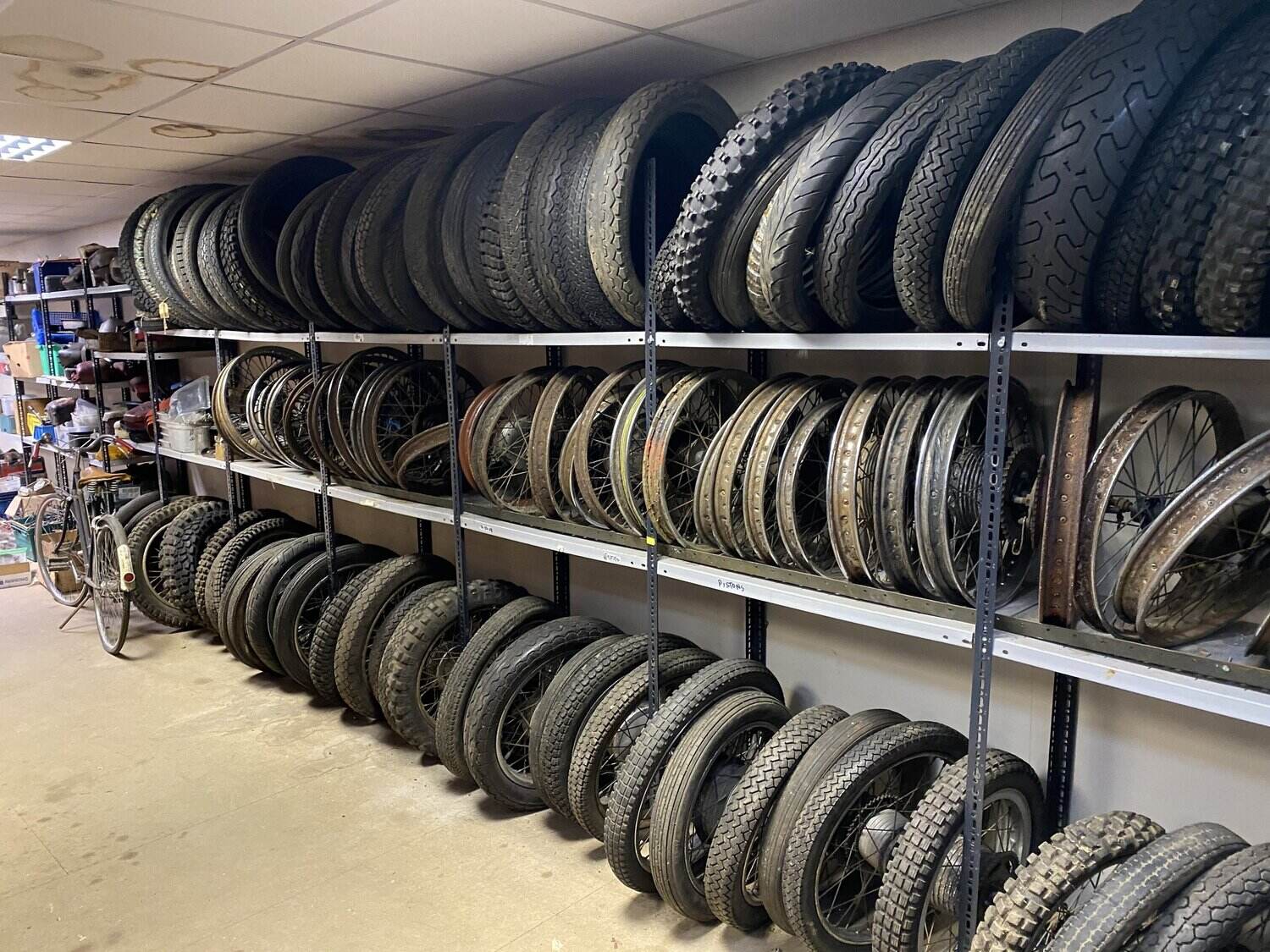
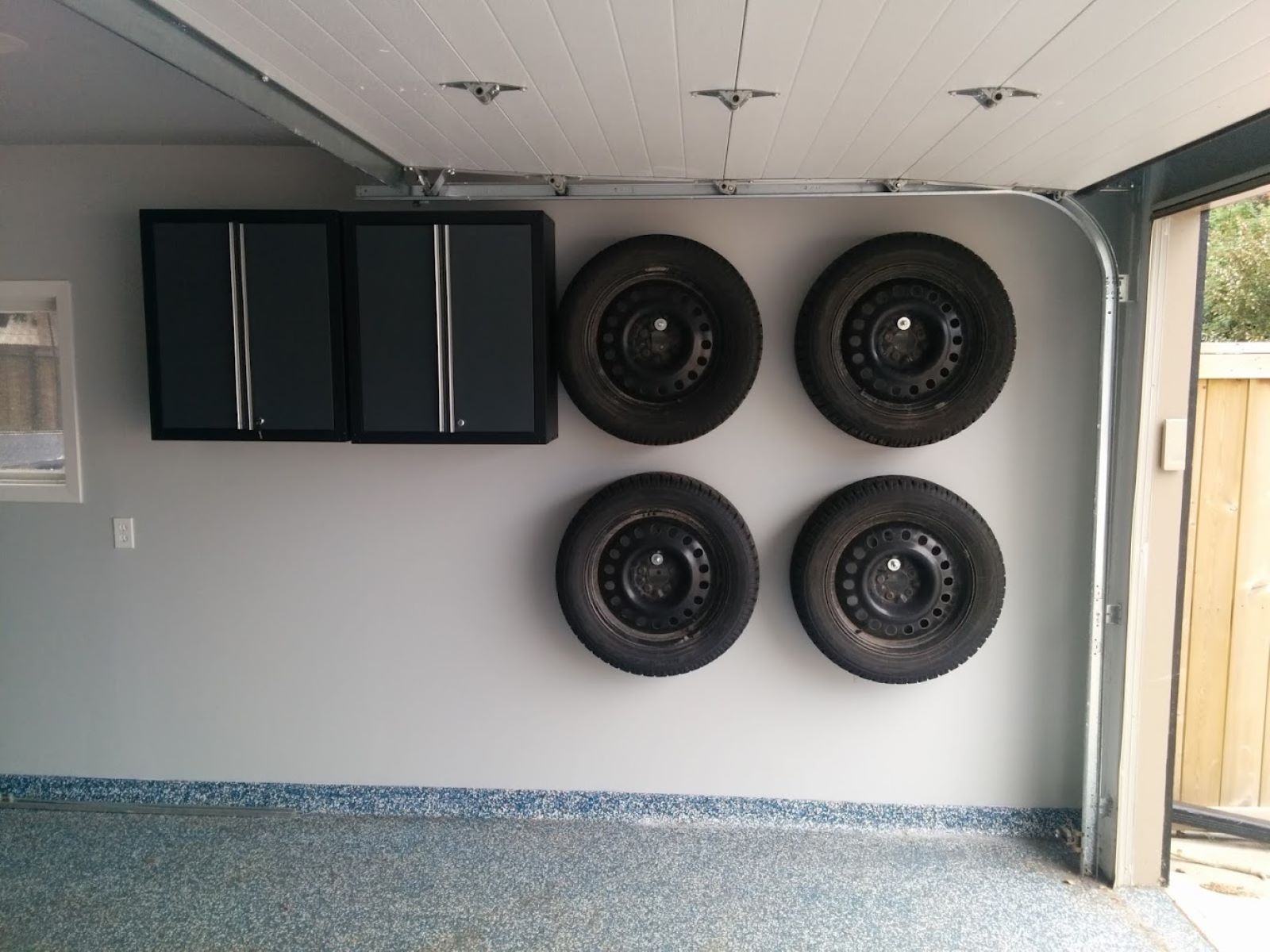
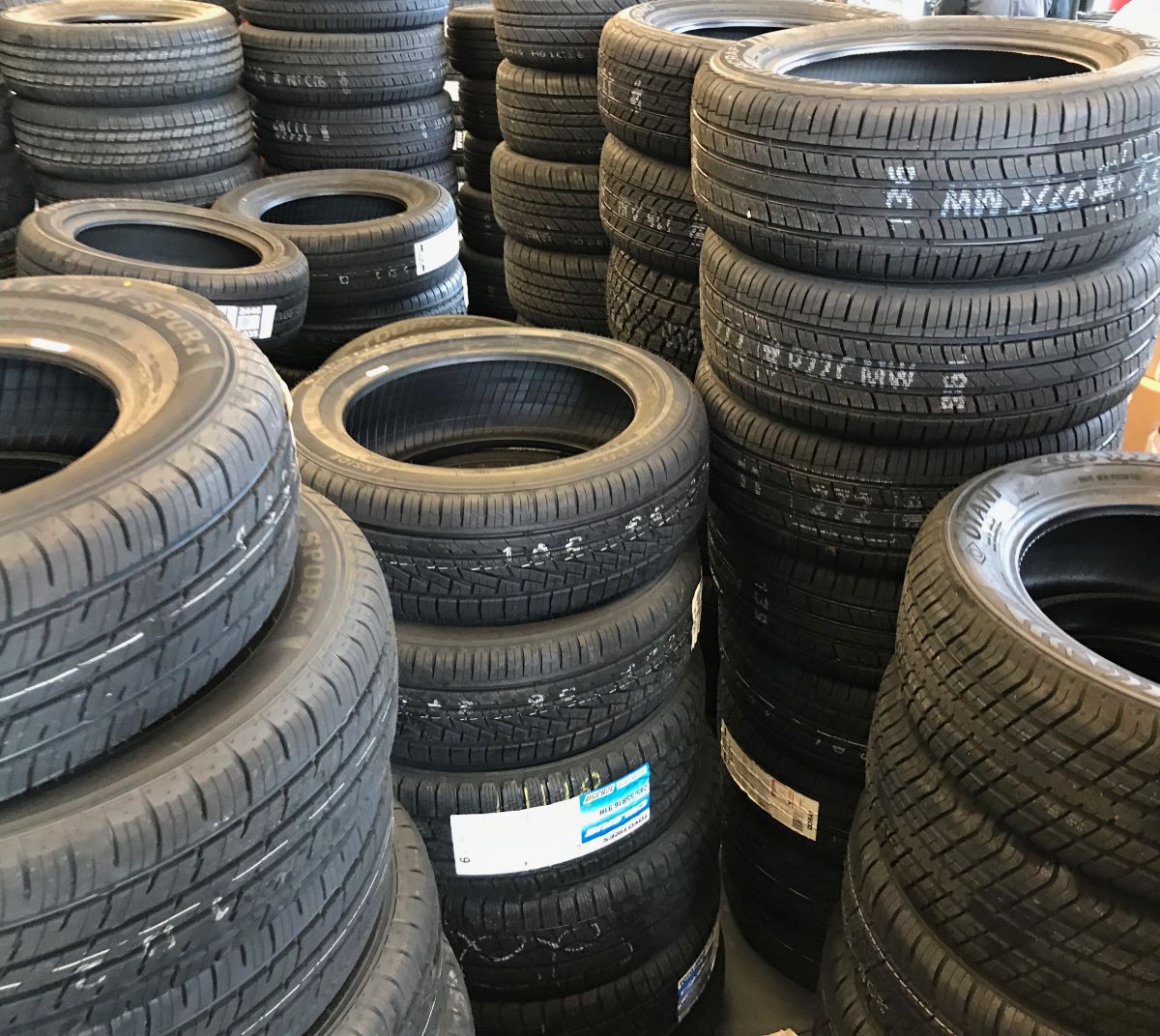
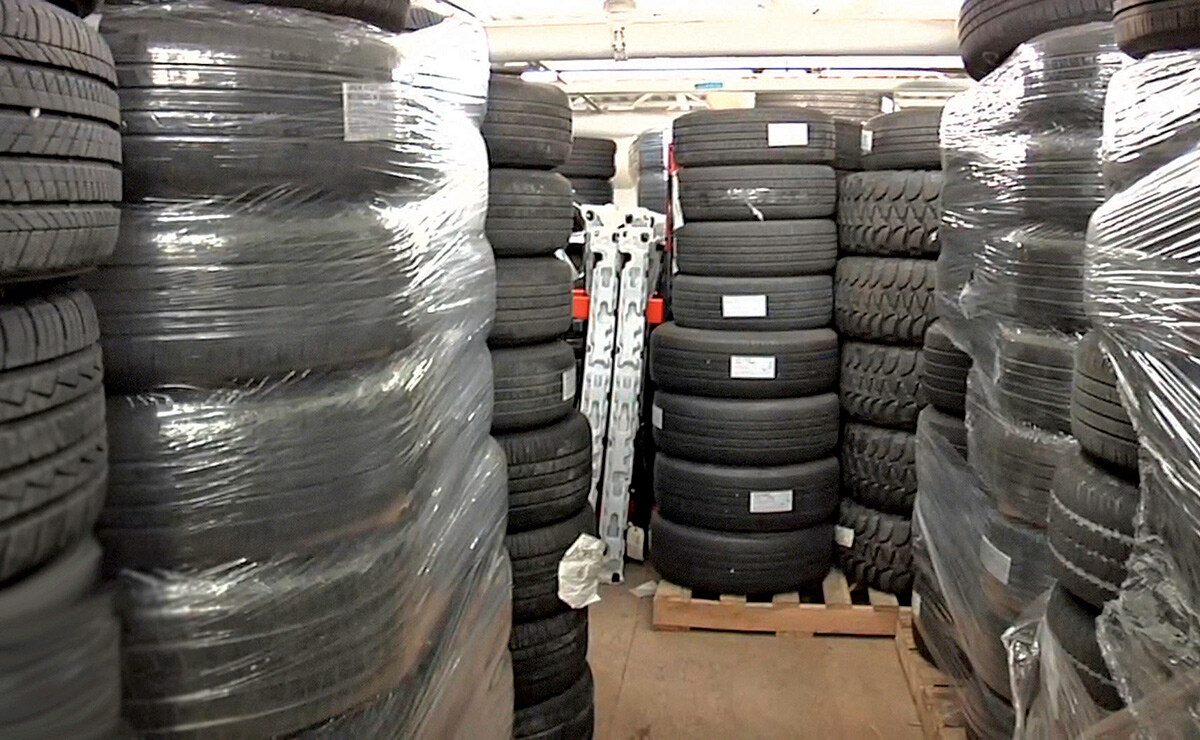
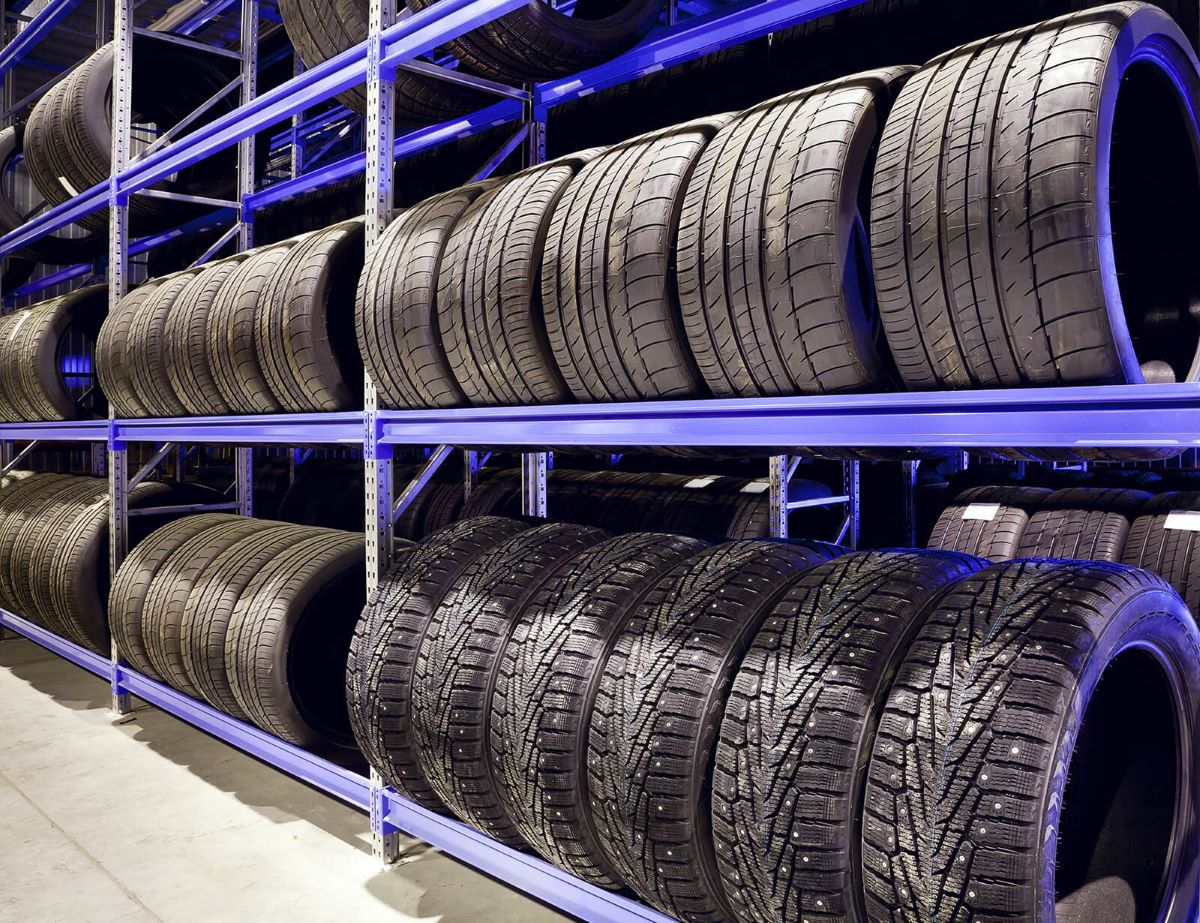
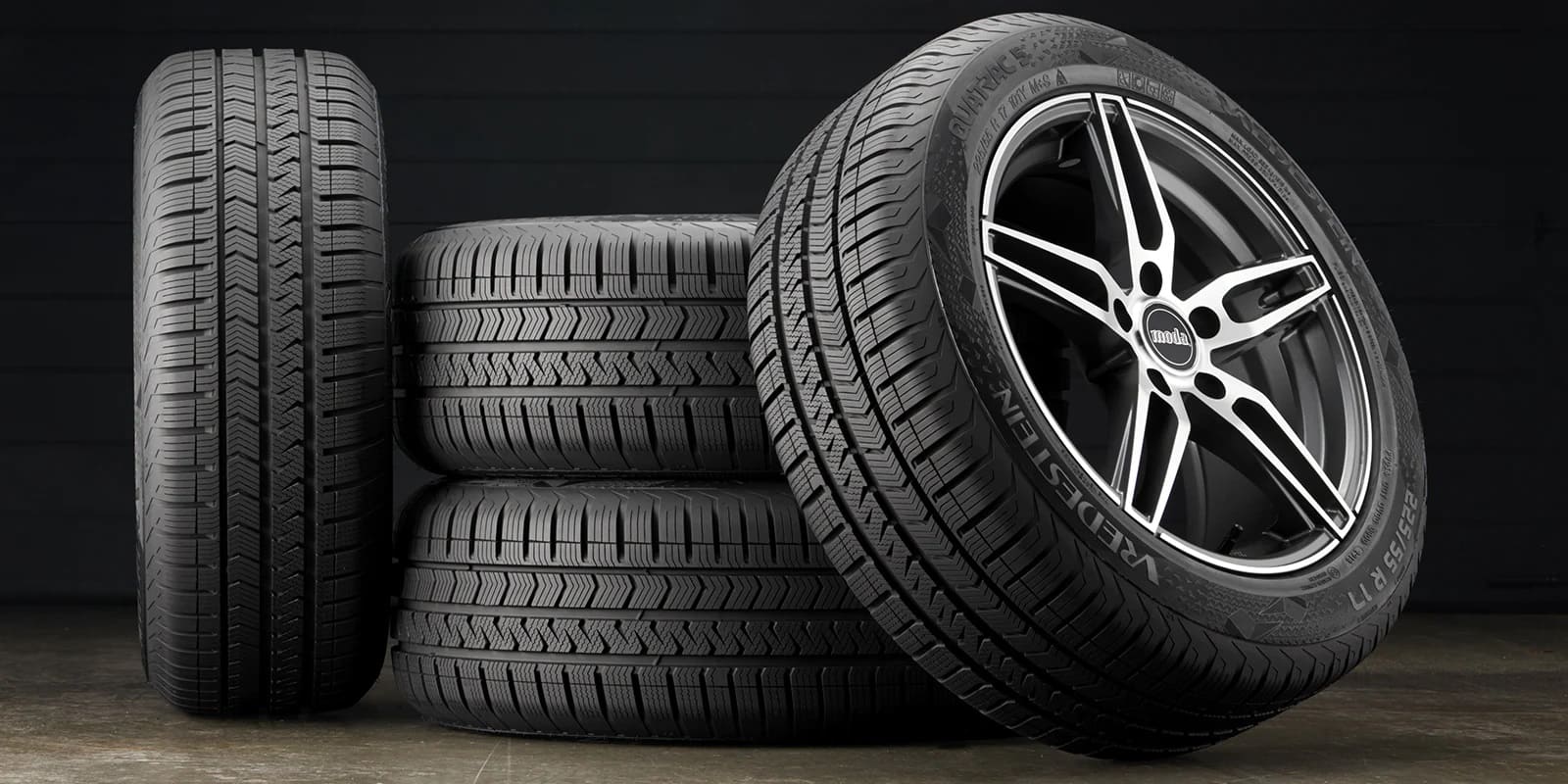
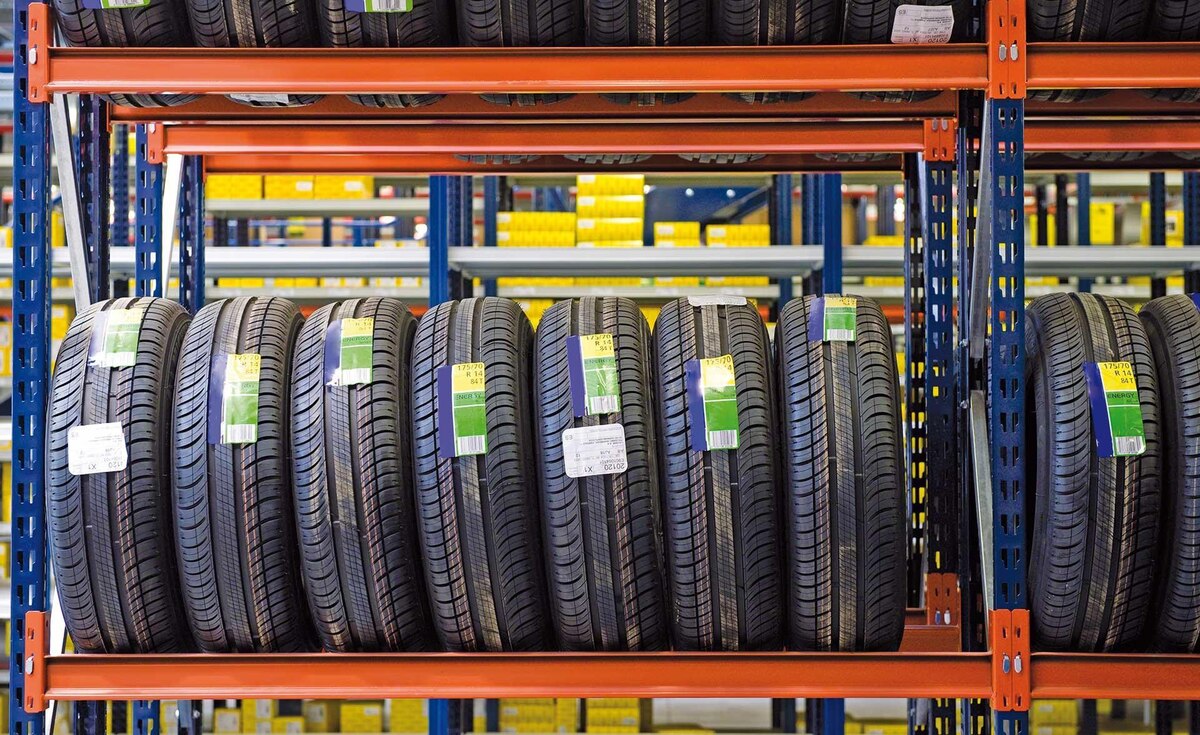
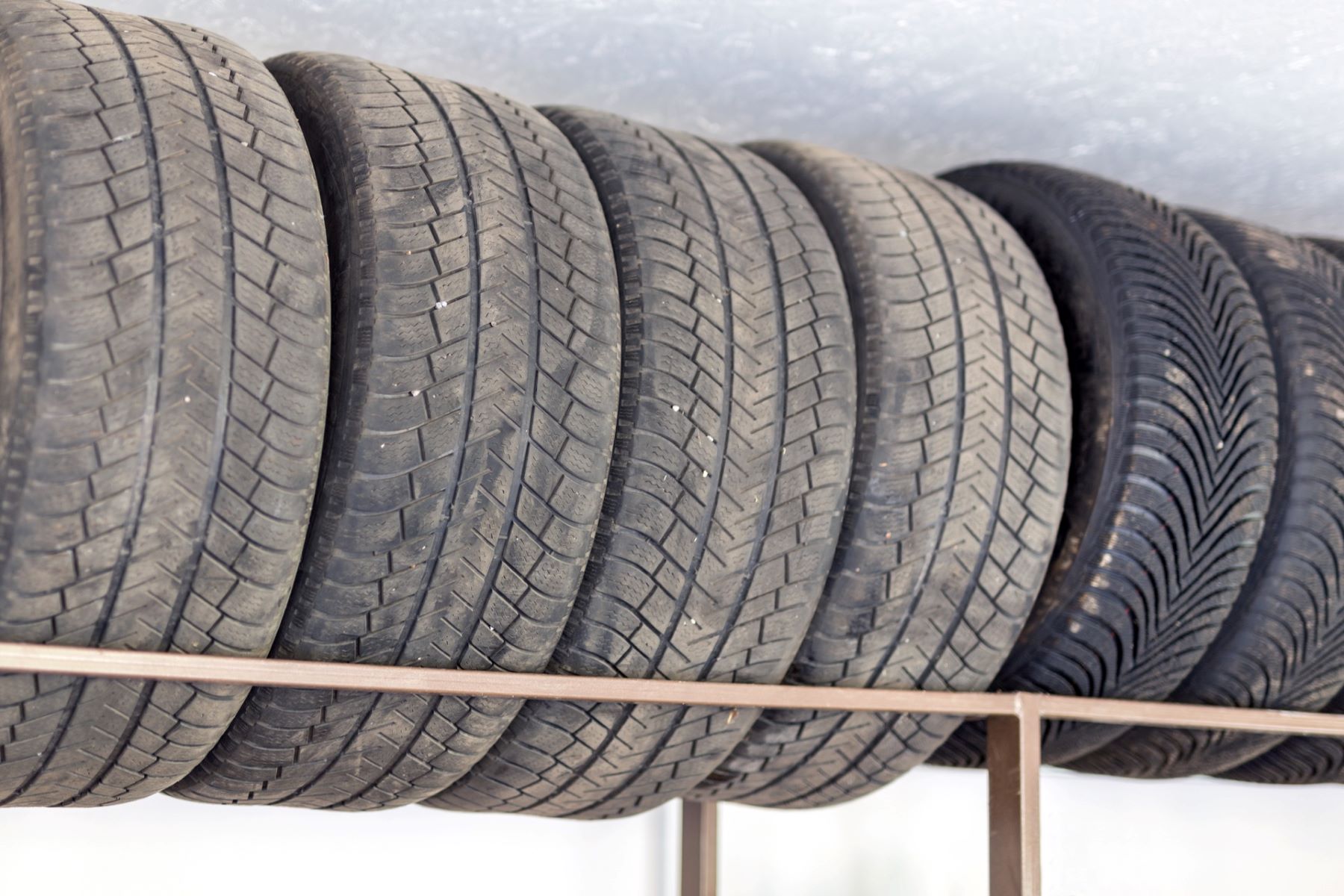
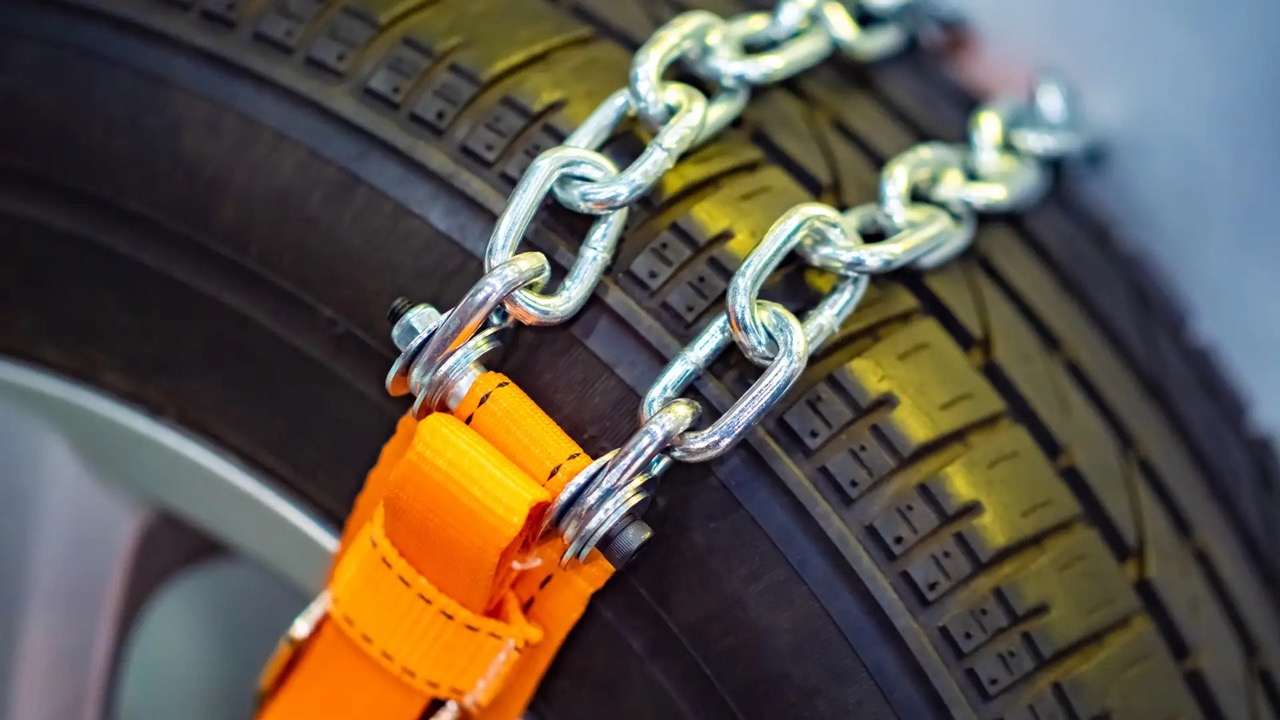
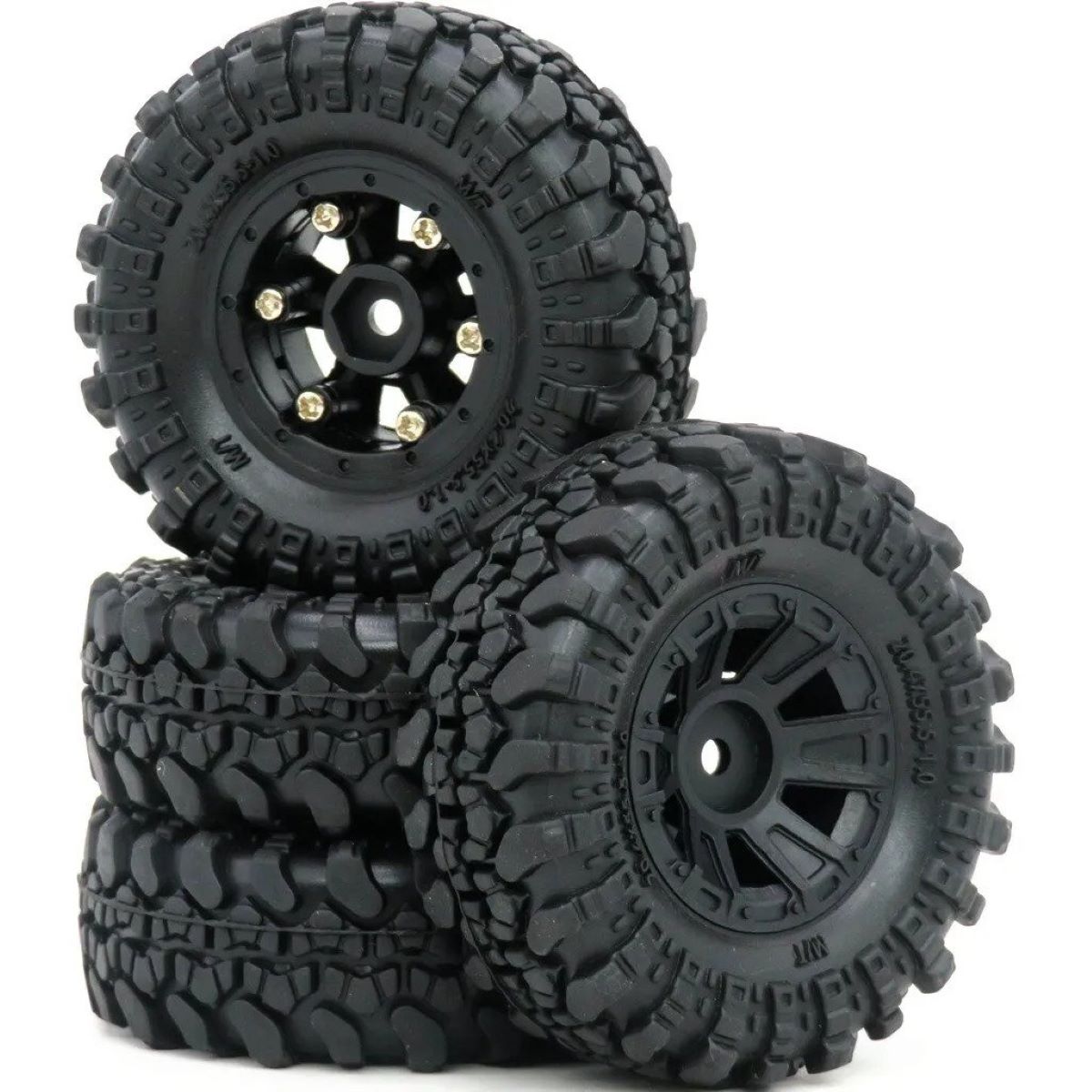

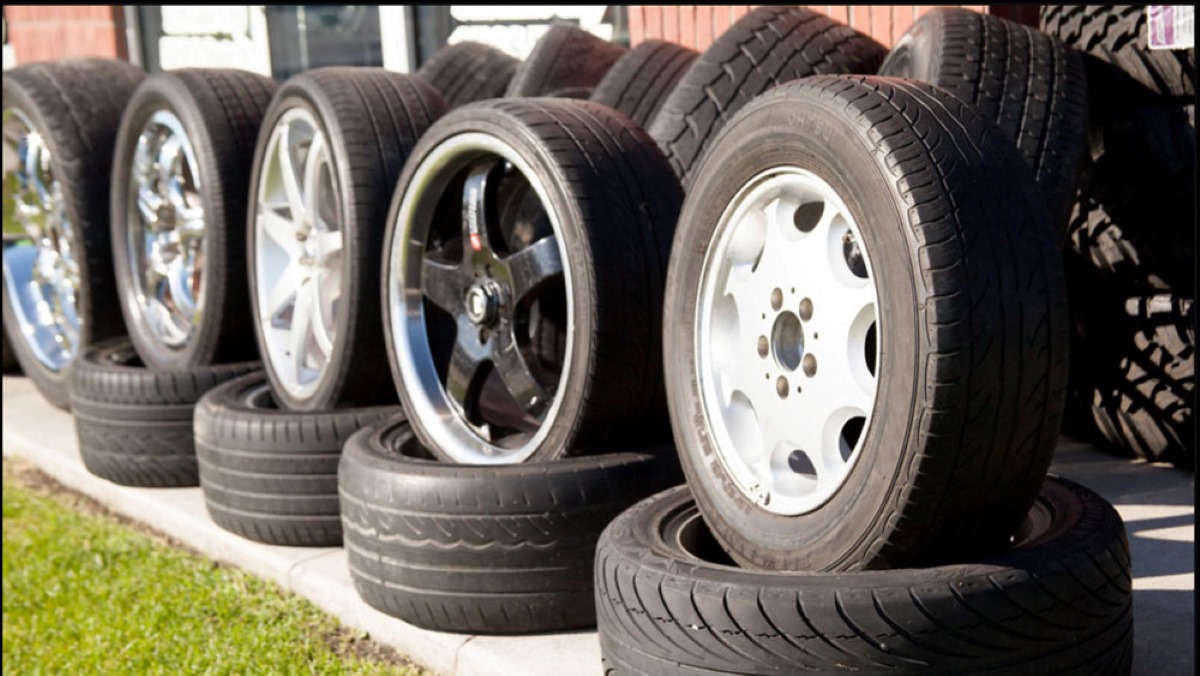


0 thoughts on “How To Store Tires Outside”